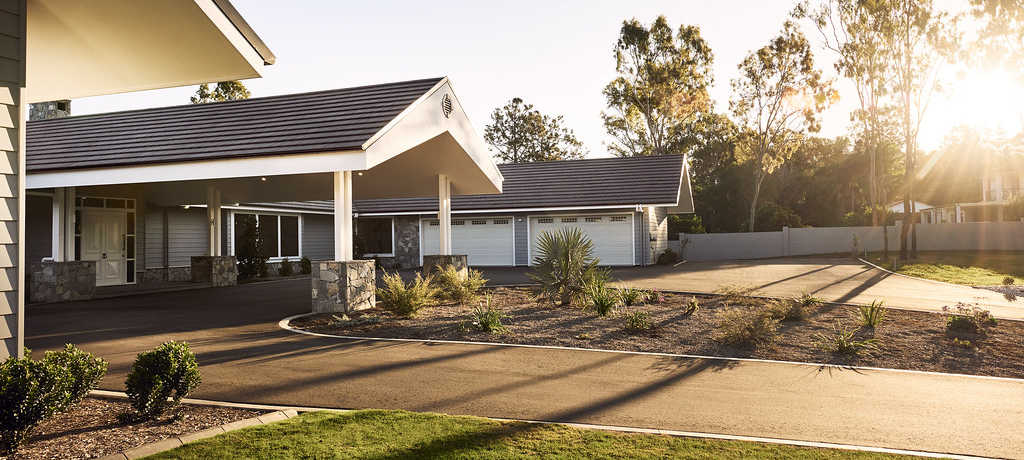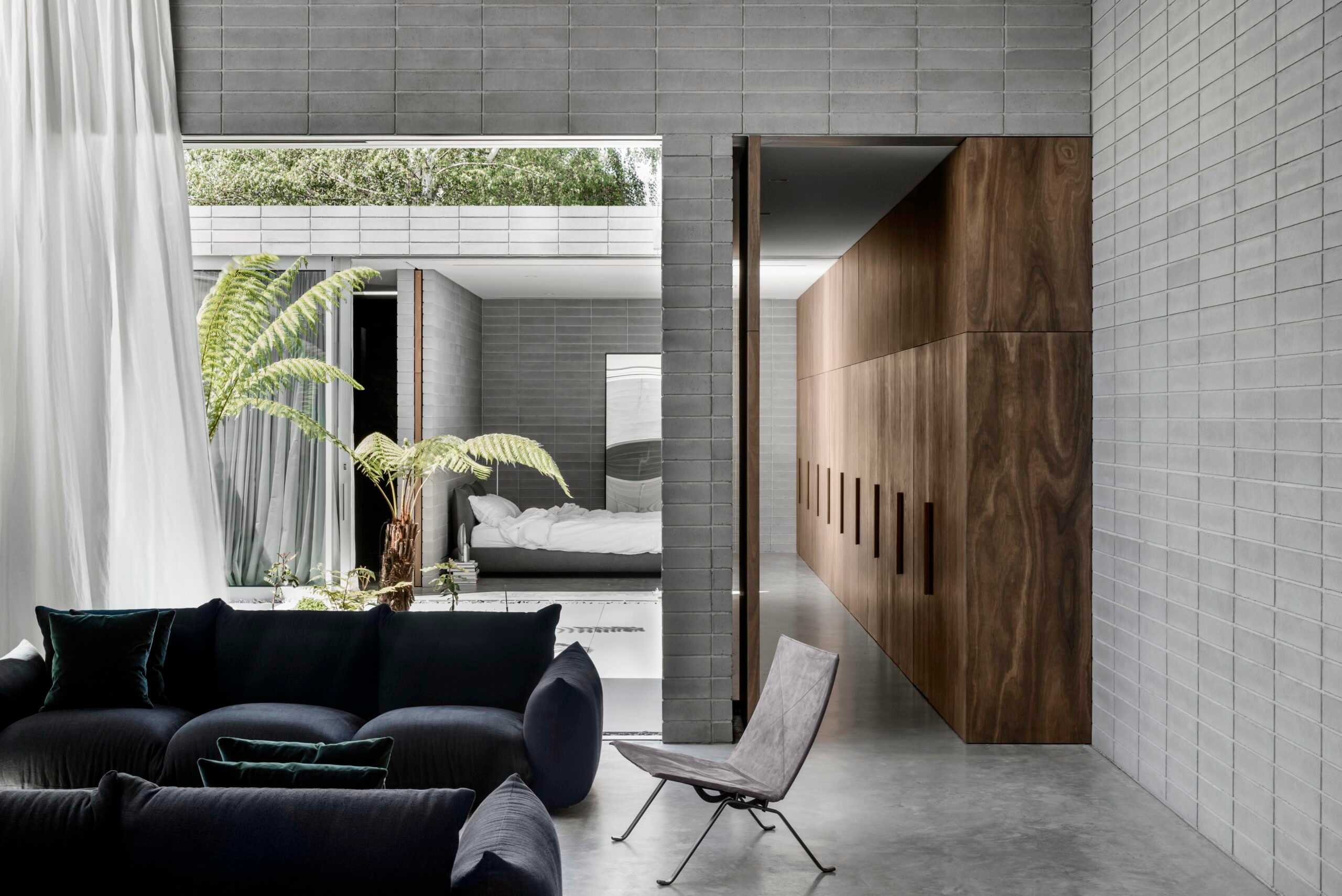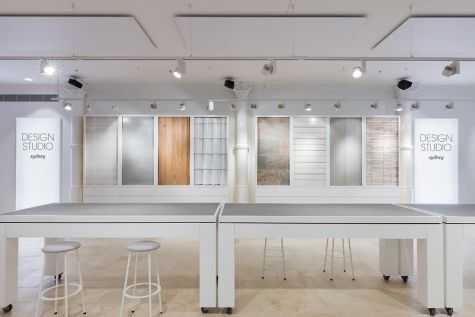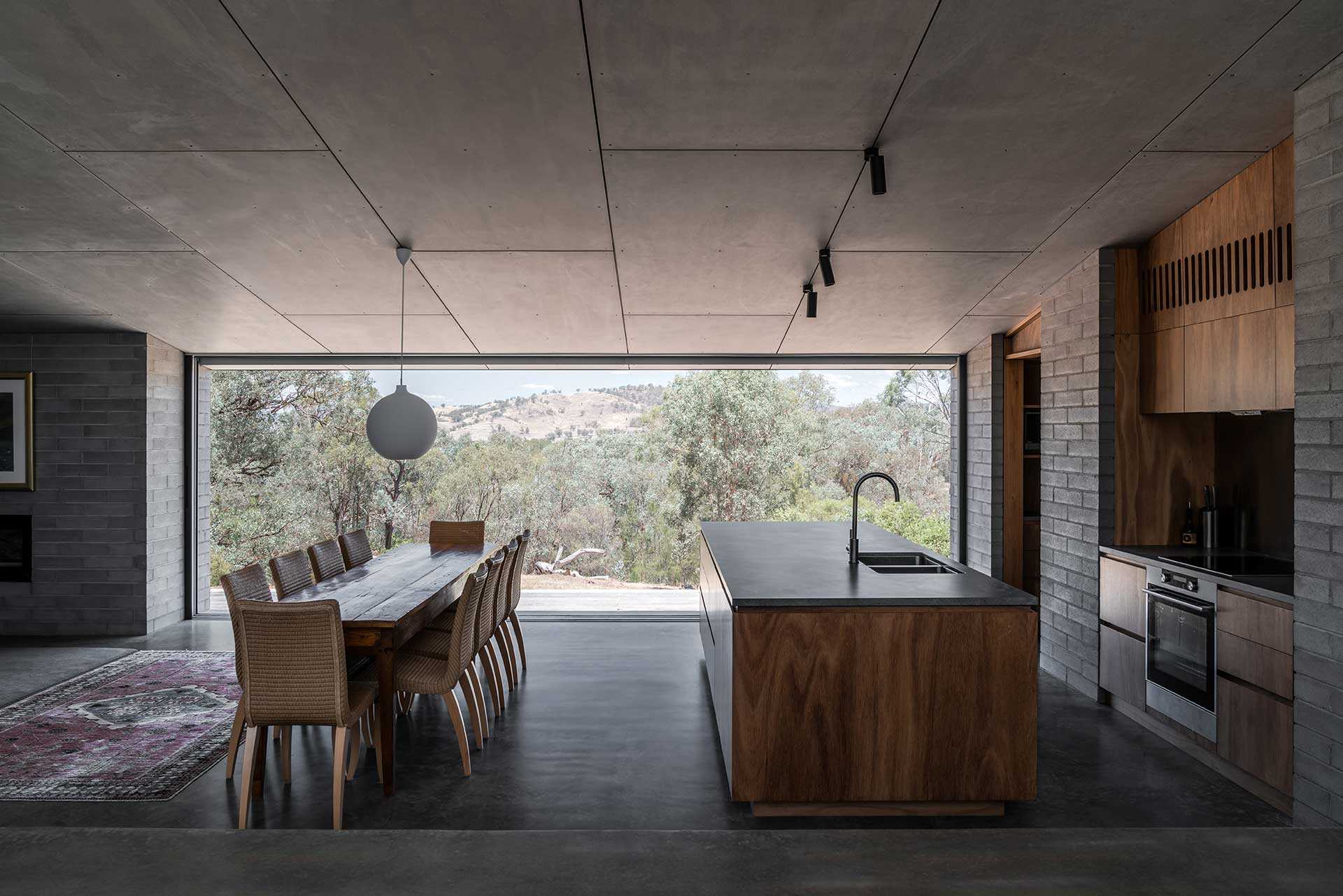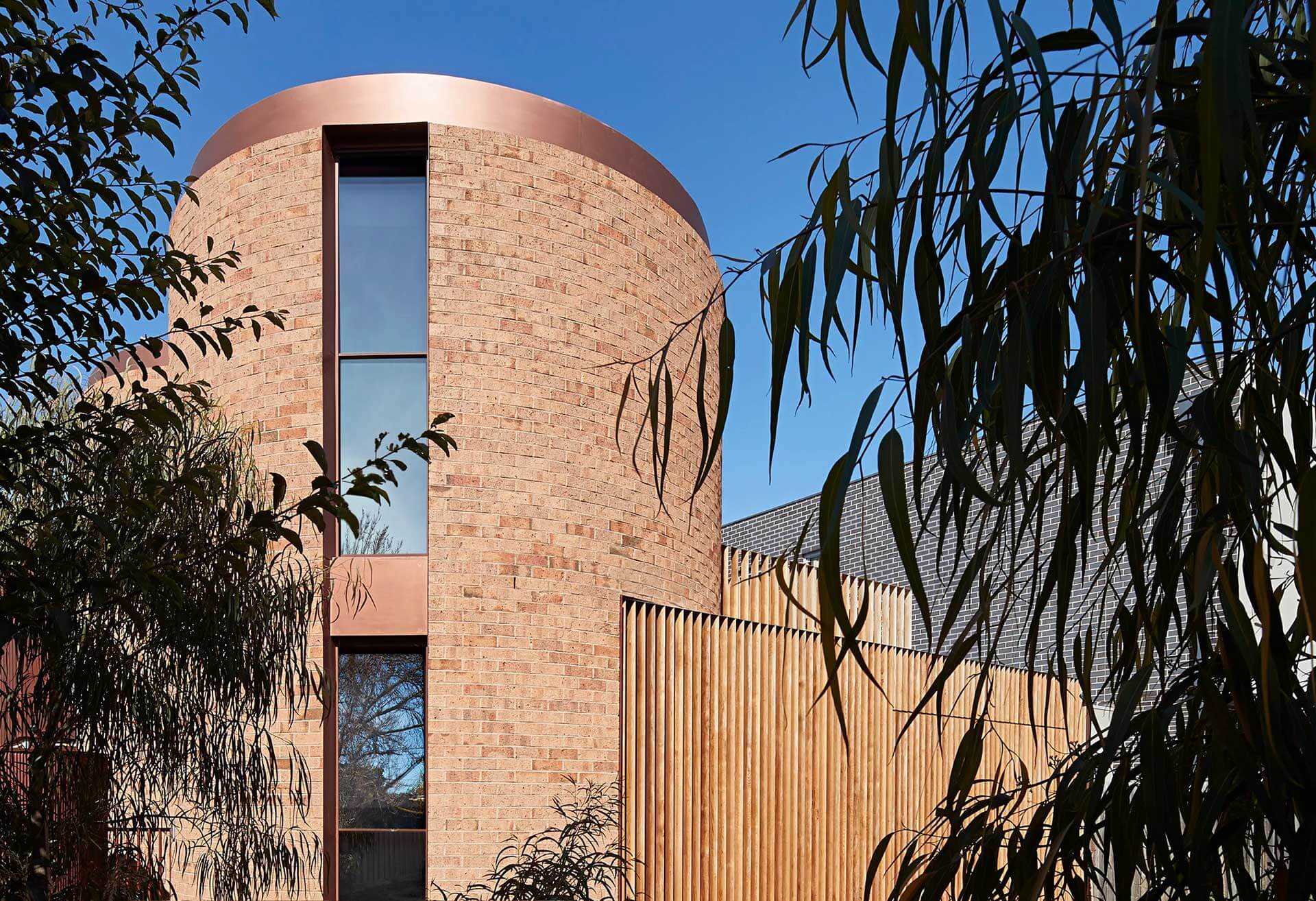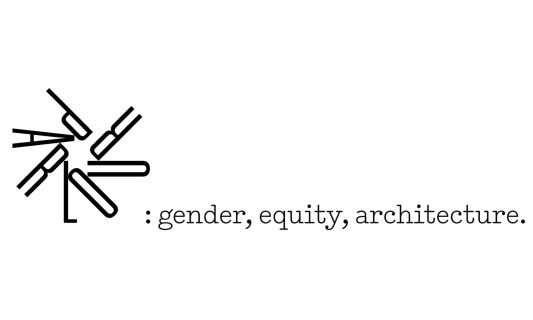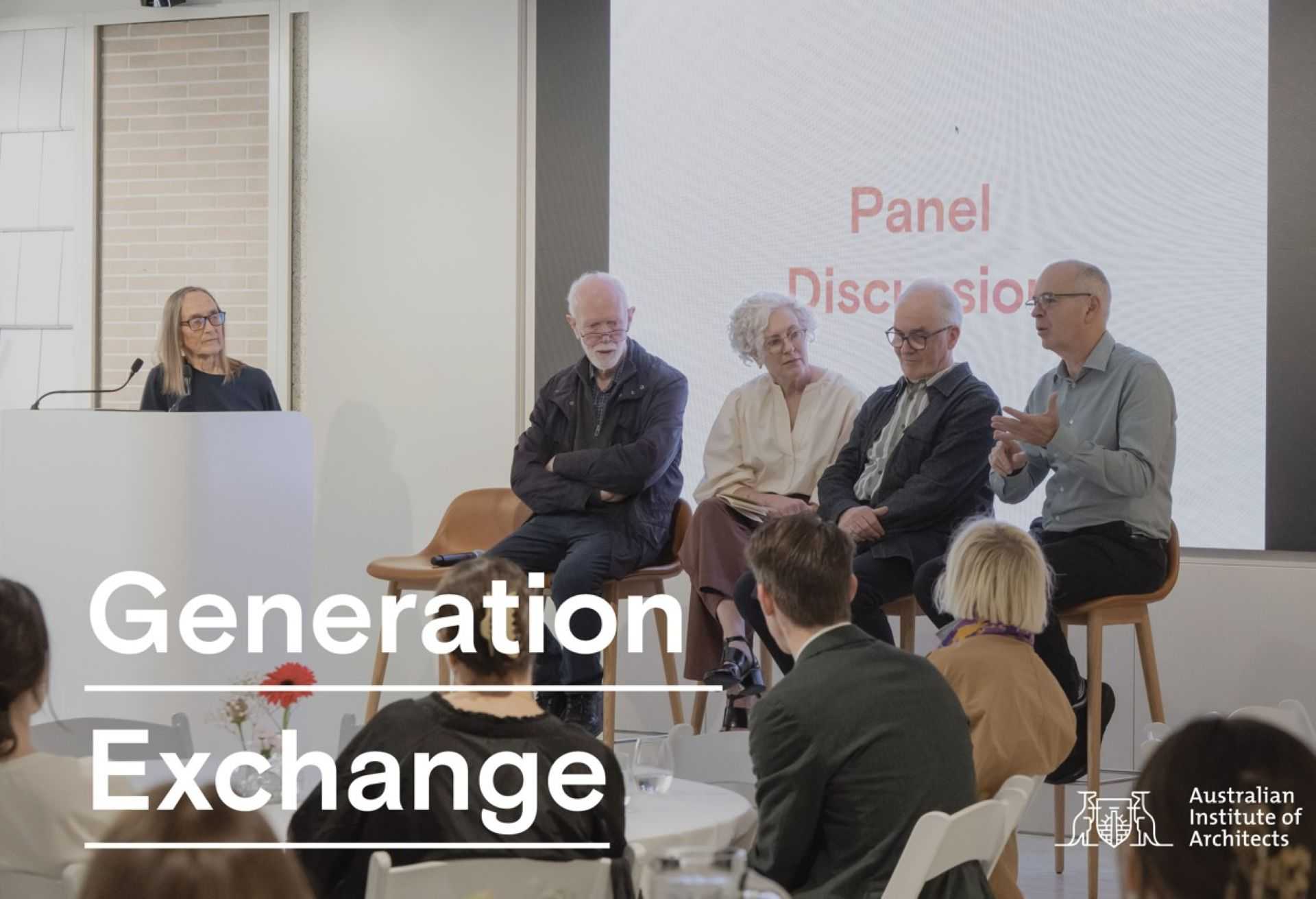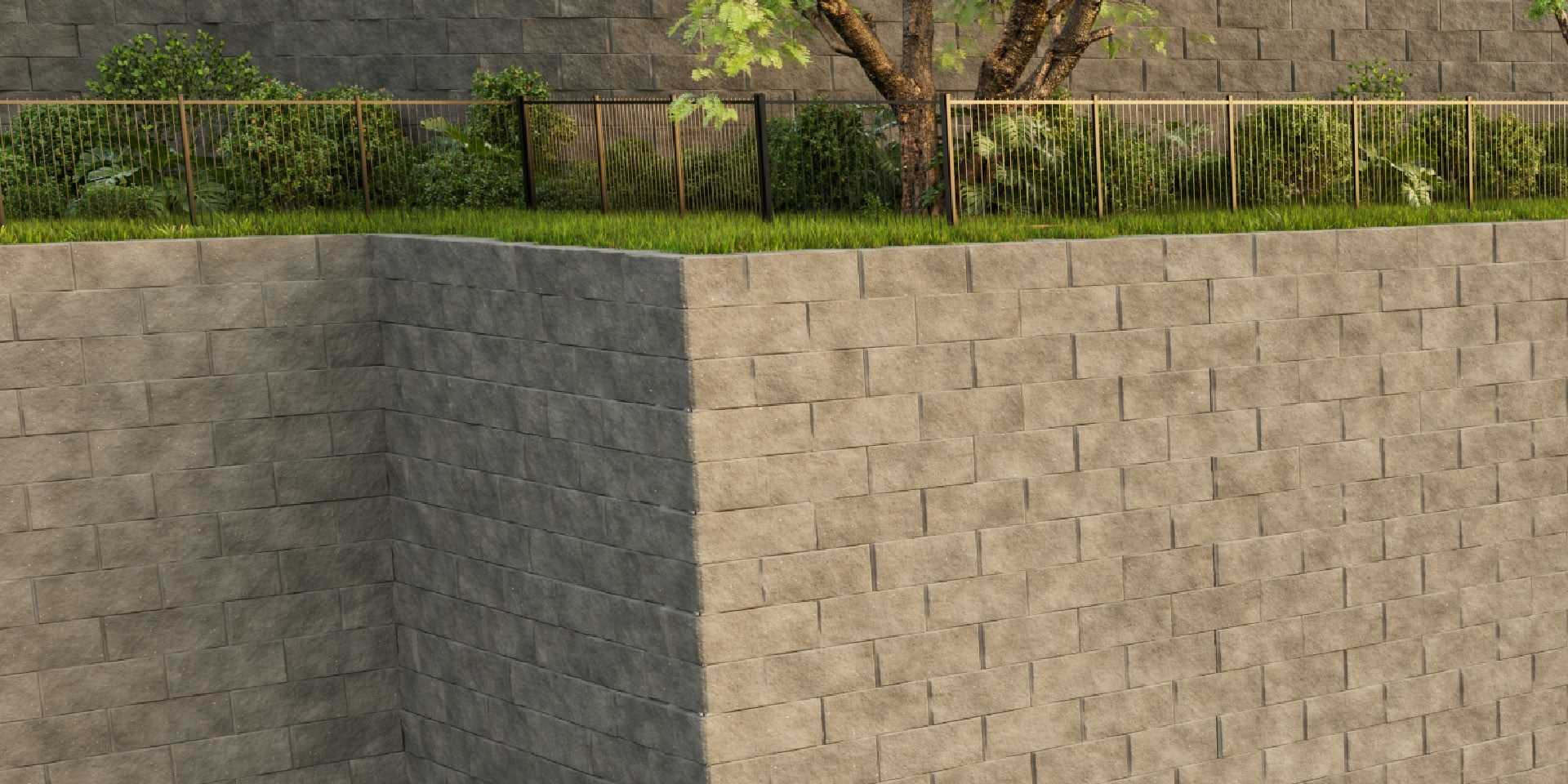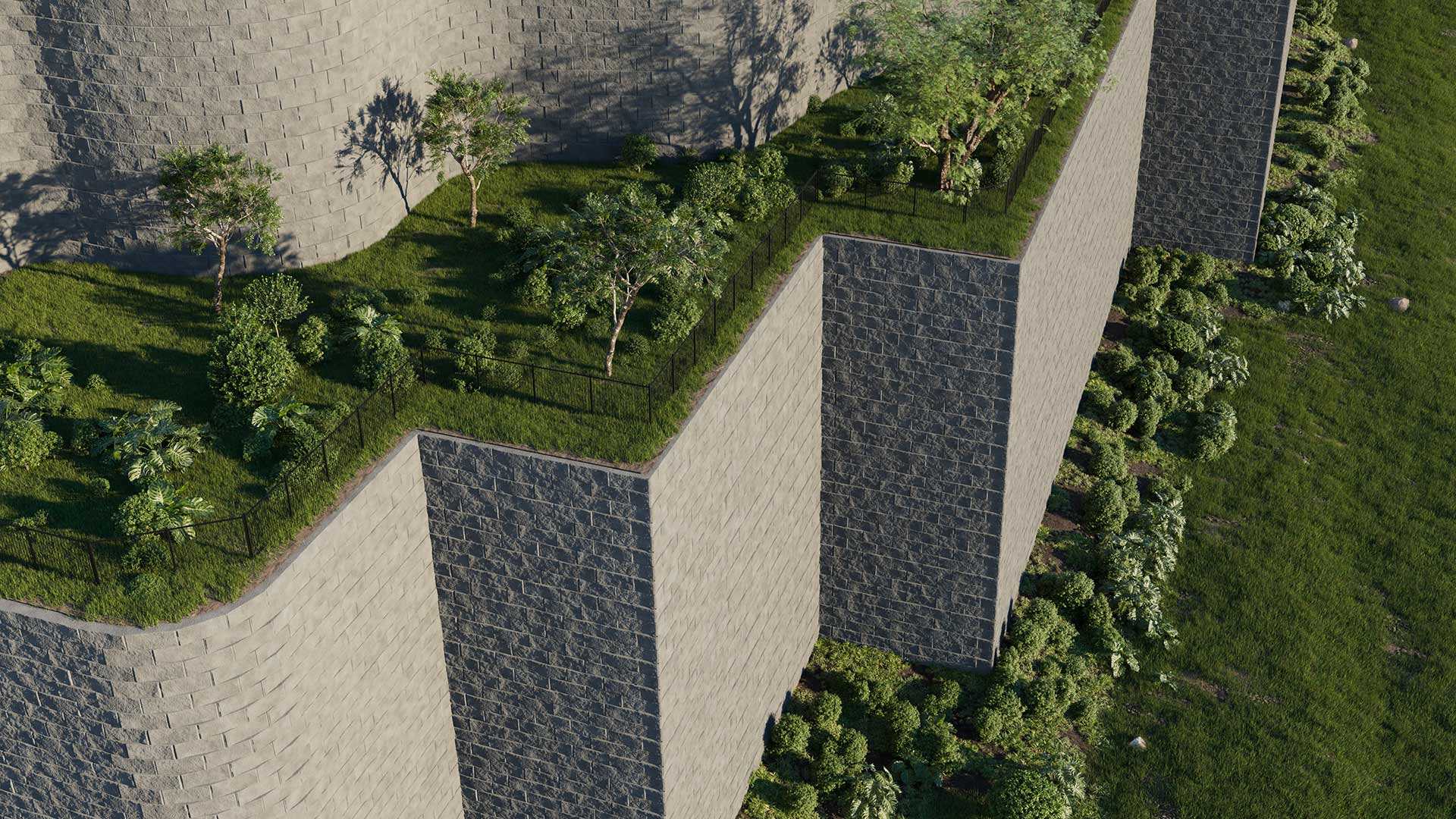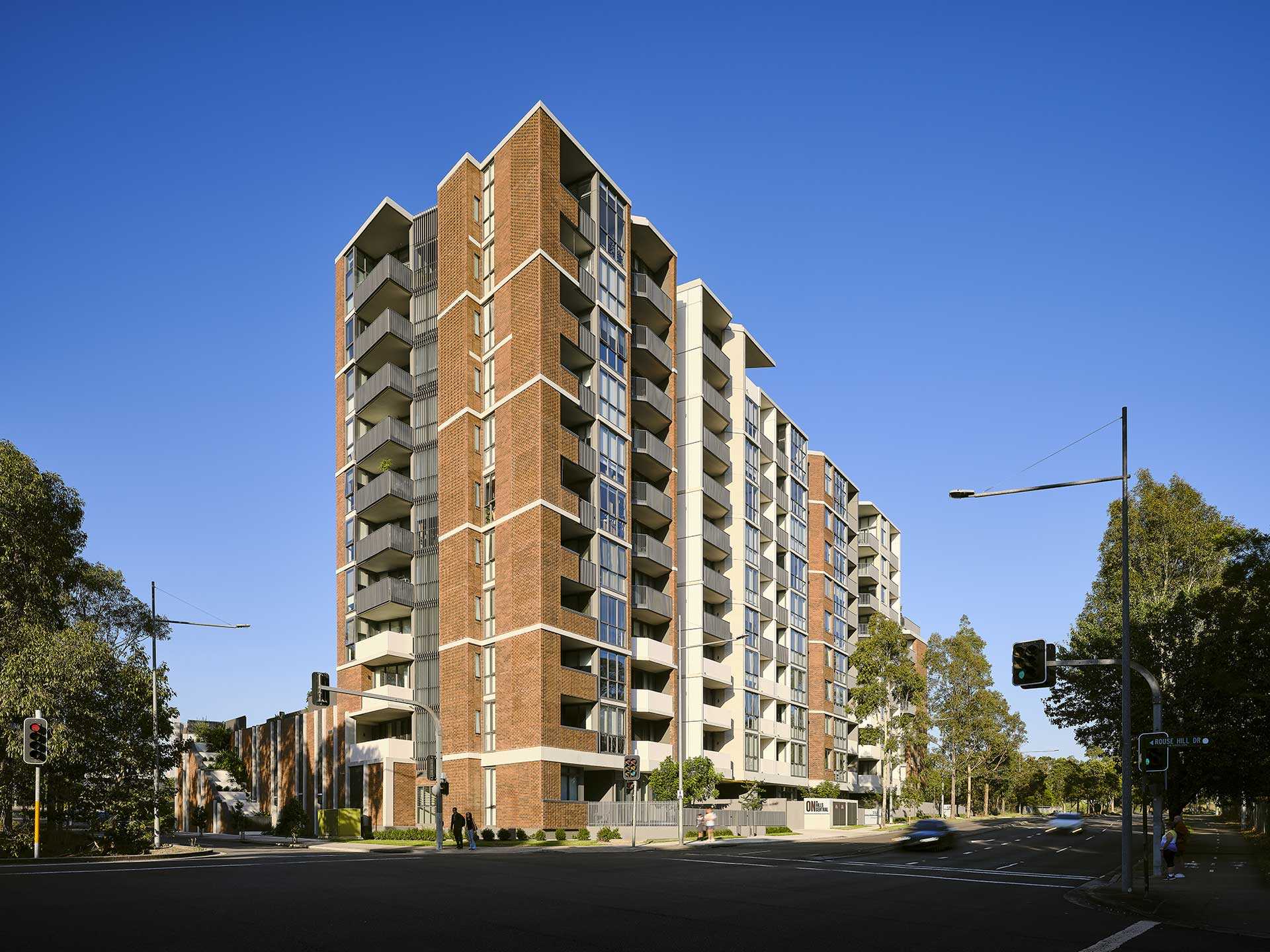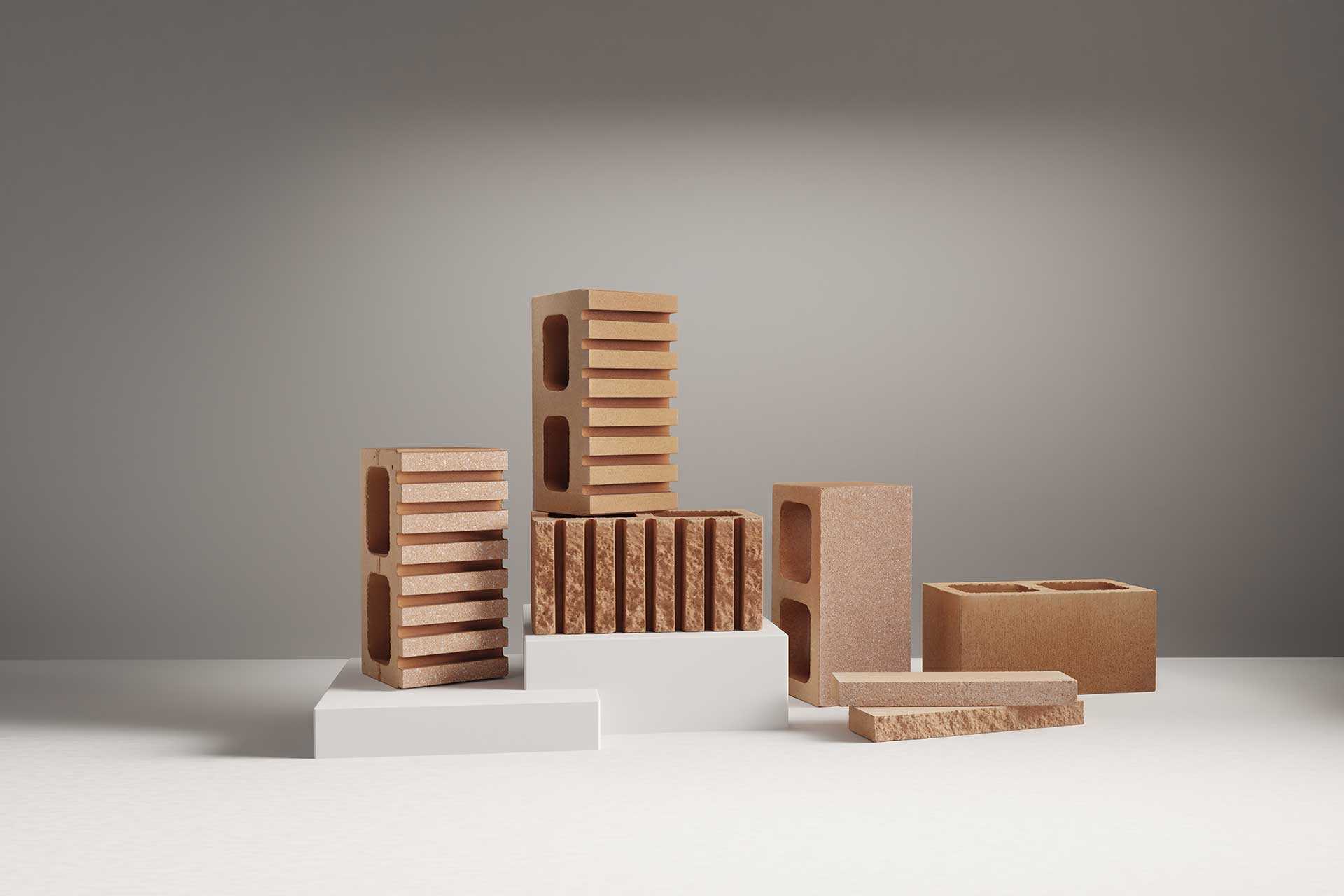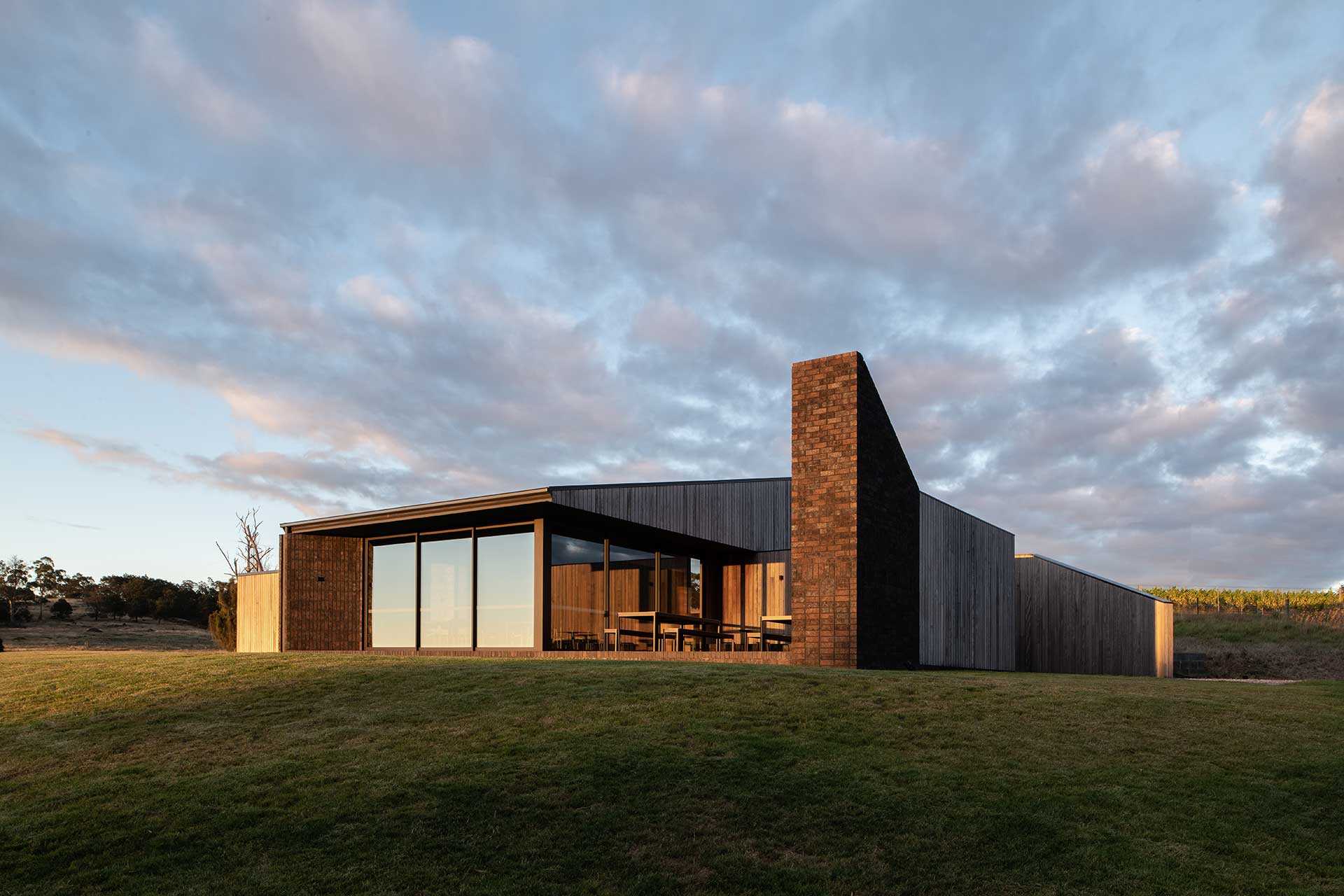Resilient Housing Solutions: The Power of Brick
Architect: MRTN Architects
Builder: Saltwater Builders
Photography: Derek Swalwell
Product: GB Masonry GB Honed in Nickel
Architect: John Contolean
Architecture Builder: Kasso Constructions – Michael Kassolos
Photography: Brock Beazley Product: La Paloma Miro
Architect: Those Architects
Photography: Luc Remond
Product: Bowral Bricks in Gertrudis Brown
Architect: WOWOWA
Builder: Atma Builders
Photography: Shannon McGrath
Product: Daniel Robertson Traditional in Buff; Austral Bricks Allure in Ariana
Architect: Chenchow Little Architects
Photography: Katherine Lu
Product: Bowral Bricks in Chillingham White
Boasting durability and longevity from inception, bricks are one of the most weather-resistant materials around. A superior choice for strong and safe homes, brick is built to last through wind, hail and shine.

Above all else, bricks are inherently non-combustible. Composed of water and natural clay, bricks are baked in kilns at temperatures reaching 900 to 1200 degrees, higher than the temperatures often reached by bushfires. This allows them to both contain and resist fires, reducing the risk of spreading for up to one and a half hours, in contrast to the dangerously small window for timber and plastic building materials. With many Australian homes built in high Bushfire Attack Level (BAL) areas, brick offers peace of mind within tranquil bushscapes.

Not only are bricks highly heat resistant, but they can also withstand powerful winds and water. Strong winds carrying debris, rain and hail carry little to no impact on bricks, leaving homes unweathered after heavy storms. In extreme cases of hurricanes and tornadoes, the strength and mass of brick buildings absorb external energy and wind-born debris, protecting the home within.

Structurally, bricks hold additional stability in their interlocking arrangement, giving them the capability to withstand more severe conditions. Subsequent flooding from heavy storms is also catered for with brick; its low porosity and density makes it an ideal foundation for both tropical and icy climates, without issues of swelling and rotting. Bricks are able to dry completely after significant wet weather events, furthering their effectiveness as resistant materials.

Living in Australia, where harsh and turbulent weather environments are a constant, brick offers an exceptional solution to maintaining first-class performance and function, while achieving extraordinary design. The inherent durability of brick allows a home to retain its structure and design complexity without frequent maintenance. Resistant to everyday destruction and decay, their built structures are affordable to maintain, adaptable to a variety of interior styles, and designed to last a lifetime.

“Boasting durability and longevity from inception, bricks are one of the most weather-resistant materials around.”

“Boasting durability and longevity from inception, bricks are one of the most weather-resistant materials around.”
Learn about our products.
Join us at an event.
Whether its natural ventilation, insulating materials or orientation, Australia’s hot and humid climate requires careful consideration when it comes to architectural design. These five homes reveal the significance of design in place, and how brick plays a money-saving role.
